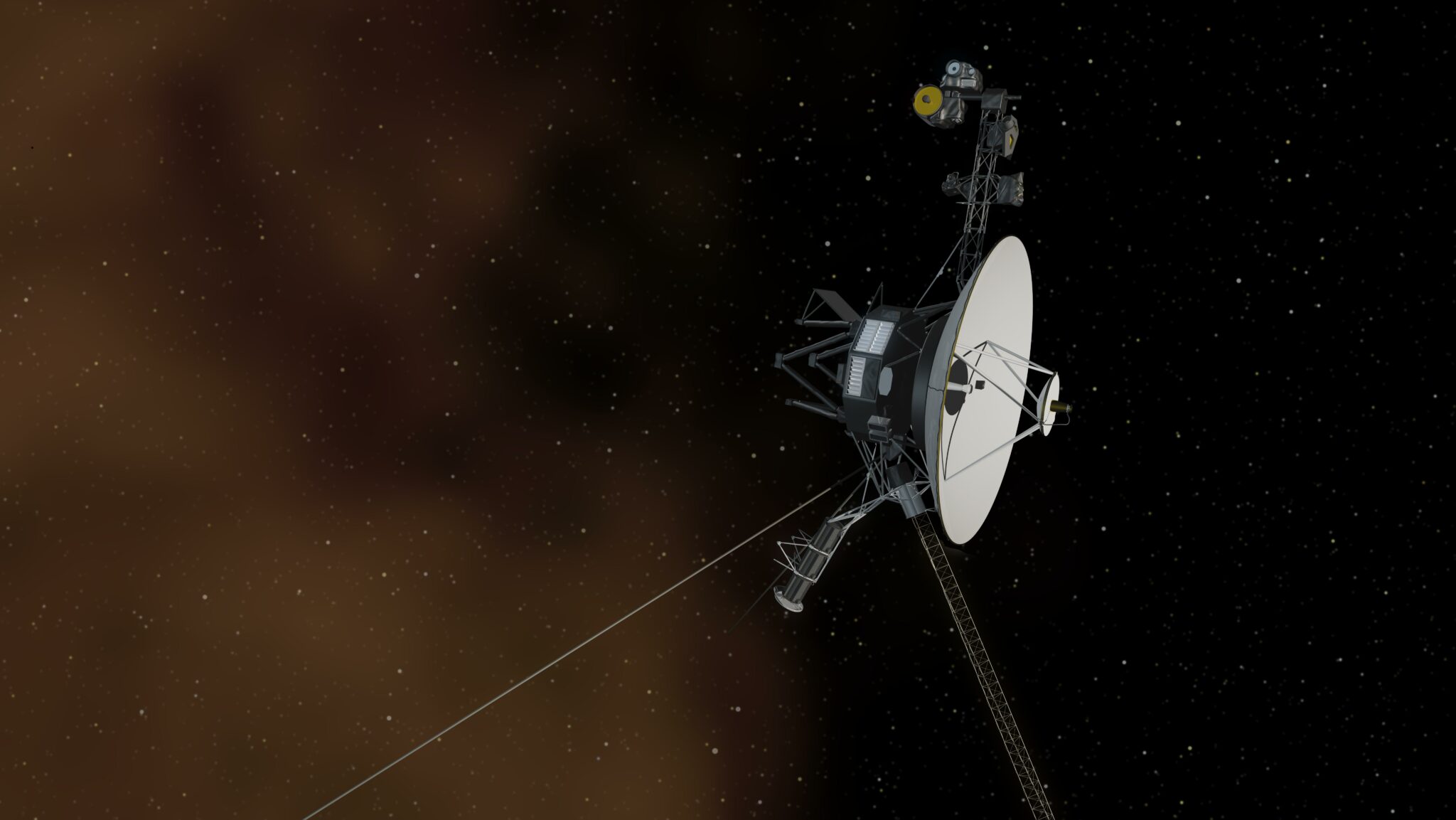In May, NASA scientists announced that the Voyager 1 space probe was sending anomalous telemetry from its Attitude Control System (AACS). The mysterious glitch was fixed, but the source of the errors remained a mystery. To find the cause of the distortions, engineers checked a huge amount of documentation written almost half a century ago. The reason was a faulty computer responsible for sending the data.

The Voyager 1 and Voyager 2 spacecraft were launched in 1977 with a design life of 5 years to study Jupiter, Saturn, Uranus, Neptune and their moons up close. After 45 years in space, both probes are still functioning. In 2012, Voyager 1 became the first man-made object that crossed the heliopause and went beyond the influence of our Sun into interstellar space. It is currently located at a distance of about 23.8 billion kilometers from Earth and continues to send scientific data from outside the Solar System.
Digging into old Voyager 1 documents
Voyager 1 was designed and built in the early 1970s, which complicated attempts to find and fix the problems of the spacecraft. Despite the fact that current engineers have certain documentation, from those first days of the mission, important documents may have been lost or they are already lost. The fact is that thousands of engineers worked on the project. When in the 80s and 90s of the last century, most of the veteran NASA engineers retired, they took some of the paper documentation with them and put it in boxes in their attics in memory of the turbulent scientific times. It is already now NASA is keeping a more reliable record of documentation.
Therefore, engineers had to send requests to retired specialists to get important data. For example, to analyze the Voyager 1 telemetry failure, the mission engineers had to specifically look for boxes with the names of engineers who had previously worked on the development of the orientation control system, and then get in touch with them. “It was quite a time-consuming process,” said Suzanne Dodd, Voyager mission project manager at NASA’s Jet Propulsion Laboratory.
Source of the glitch
The spacecraft’s orientation control system, which sends telemetry data to NASA, helps to maintain Voyager 1’s orientation in space and keeps the spacecraft’s high-gain antenna pointing precisely at Earth.

Telemetry data is basically information about the health status of the system. But during the glitch this summer, the telemetry that the spacecraft operators received from the system was distorted. Therefore, experts did not know whether the orientation control system was working properly. The team had long suspected that this could be due to aging systems on board. It was also believed that the glitch of Voyager 1 could be affected by its location in interstellar space, since the operation of the computer could be affected by charged particles of high energies penetrating interstellar space.
At the end of August, engineers finally found the source of the distorted data in Voyager 1: the spacecraft’s orientation control system was sending information through a faulty computer. They believe it was caused by an erroneous command from another onboard computer.
Voyager 1’s journey continues
From the discovery of unknown moons to the first direct evidence of the heliopause, the Voyager 1 and Voyager 2 missions have helped scientists understand the cosmos. Even after entering interstellar space, the work of the probes continues. But as the spacecraft’s onboard nuclear batteries are gradually depleted and generate less energy, engineers are gradually shutting down various systems on board Voyagers. So various scientific instruments and heaters for them were turned off. Thus, NASA is trying to keep them in working condition until 2030.
Earlier we talked about the history of the longest journey in space.
According to NASA
Follow us on Twitter to get the most interesting space news in time
https://twitter.com/ust_magazine

